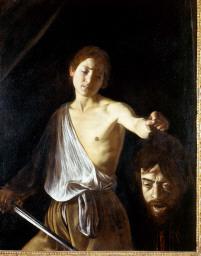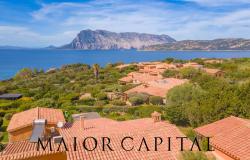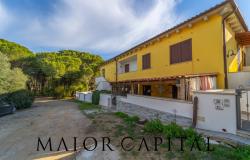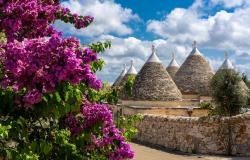Caravaggio's reputation for revolutionary artistic genius has received a further boost following the discovery he may have used fireflies to create primitive ''photographs''.
Roberta Lapucci, conservation chief at the Florence-based SACI institute, believes the baroque artist created a firefly powder as an essential tool after converting his entire studio into a kind of camera obscura.
Writing in the monthly art journal Stile Arte, Lapucci reports Caravaggio filtered light through a purpose-made hole in his ceiling, using a biconvex lens and a concave mirror to reflect the image he planned to paint directly onto the canvas.
The use of a camera obscura to sketch the subject was not a new technique among artists, having gained prominence thanks to Leonardo da Vinci's writings.
The device works by projecting reverse images of outside objects onto the flat wall of a closed box through a lens in an aperture. By attaching a mirror to the apparatus, artists were able to trace the exact dimensions of the image onto a piece of paper.
Caravaggio spent months refining his technique, adjusting the light and the size of the models. However, by turning his entire room into a camera obscura, Caravaggio found himself working in the dark.
Lapucci believes this led him to create his own version of a distilled and dried firefly powder, first written about by the natural philosopher Giovan Battista della Porta in his 1558 work Magiae Naturalis.
Analysing the content of Caravaggio's paintings, Lapucci discovered traces of photosensitive substances that react to light.
She believes the master used a compound of white lead and firefly powder that allowed him to work in the dark, producing an outline on the canvas of the camera obscura image.
This produced a short-lived, fluorescent image, similar to a photograph, which he was then able to convert into a permanent sketch that formed the basis of the eventual painting.
The many techniques pioneered by Caravaggio (1573-1610) have confirmed his reputation as one of the most revolutionary artist of his time, although he is probably best known for his mastery of chiaroscuro lighting.
He abandoned the Renaissance focus on the human body and spiritual experiences for more realistic and dramatic atmospheres, mixing street characters with religious subjects.









